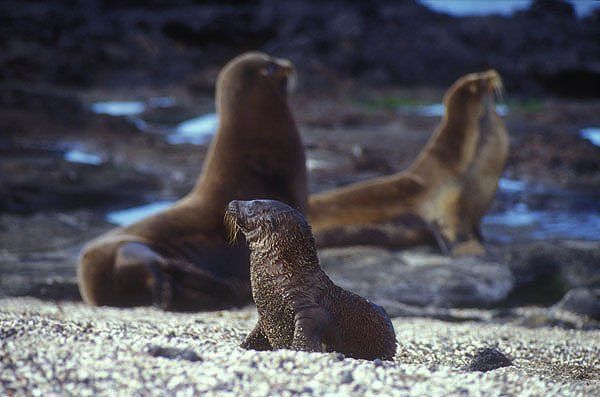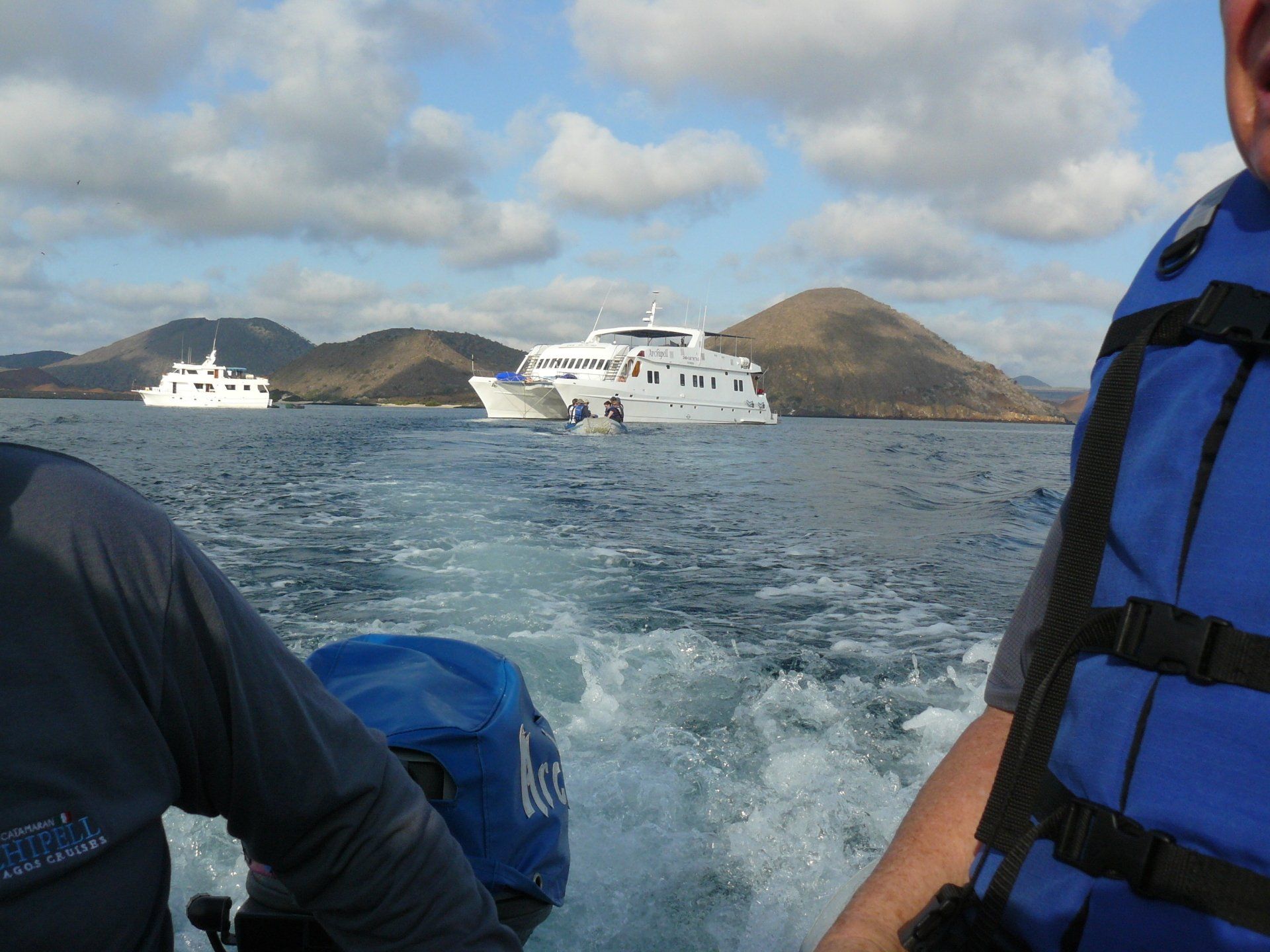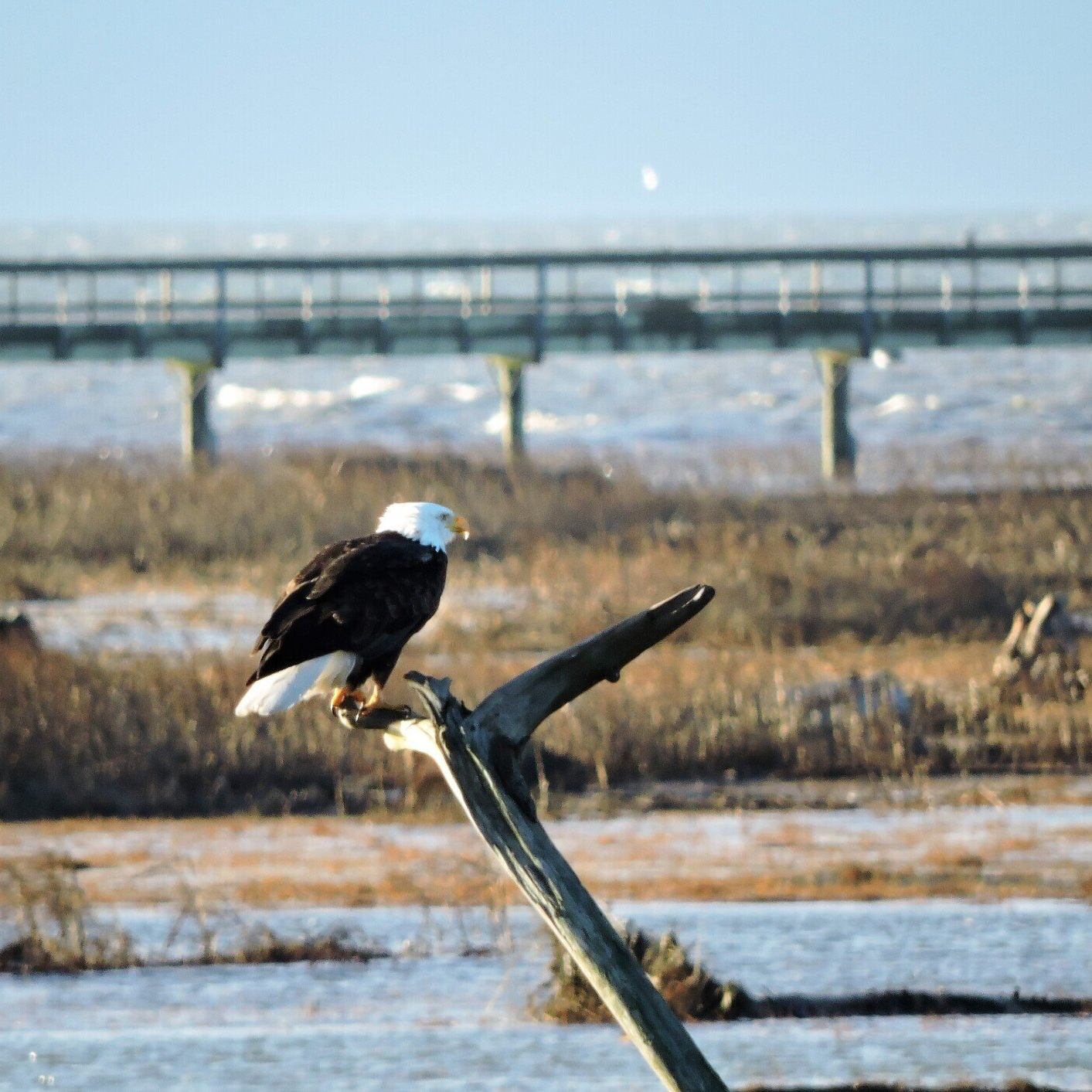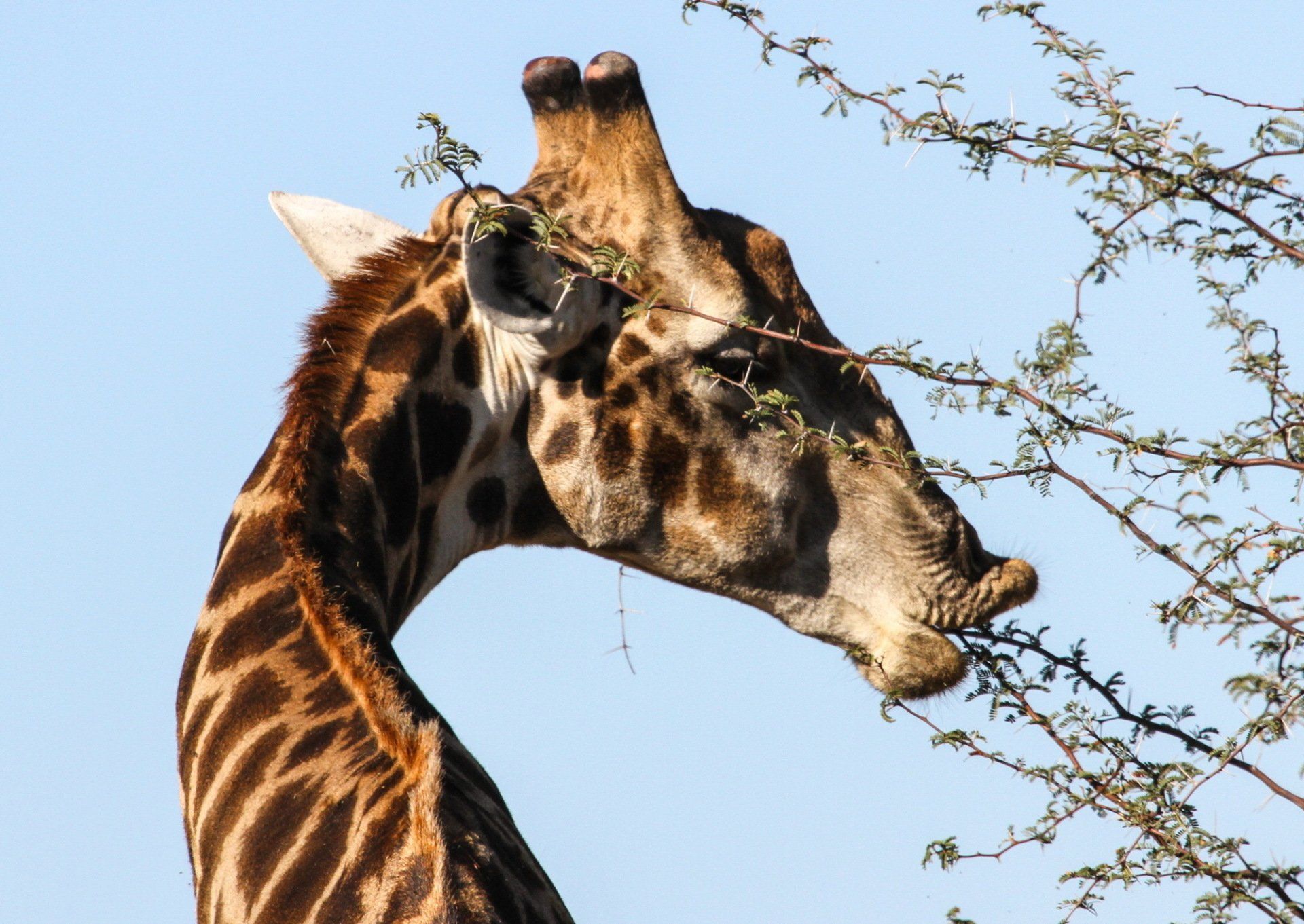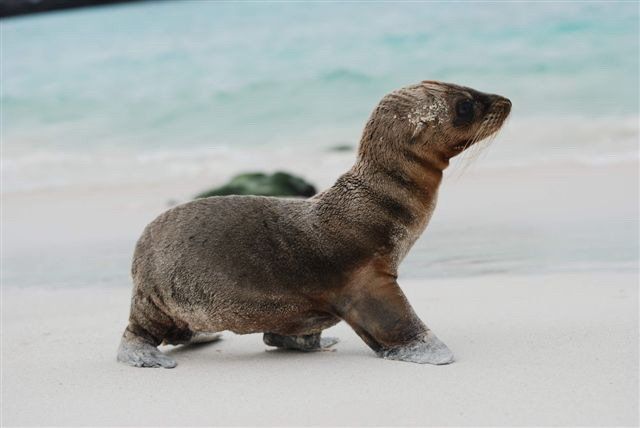1000 kilometers off the coast of Ecuador – in the Pacific Ocean – you will find the volcanic islands of the Galápagos, a UNESCO World Heritage Site considered to be one of the world’s foremost destinations for wildlife-viewing. Located at the confluence of three ocean currents, the Galápagos Islands are famous for their unique plants like the Lava Cactus, and endemic animals such as the land iguana, giant tortoise, blue-footed boobies, flightless cormorant and Galápagos finches, which were the source of Darwin’s theory of evolution and remain a living laboratory for scientists today.
60 years ago, in July 1959 the Galápagos National Park and the Charles Darwin Foundation were created to establish conservation measures. Regulating the more than 150.000 annual visitors to this fragile eco-system, and eradicating invasive species introduced by explorers and pirates, such as rats and goats has preserved indigenous fauna and flora of these remarkable volcanic islands, which is a marine reserve of note.


